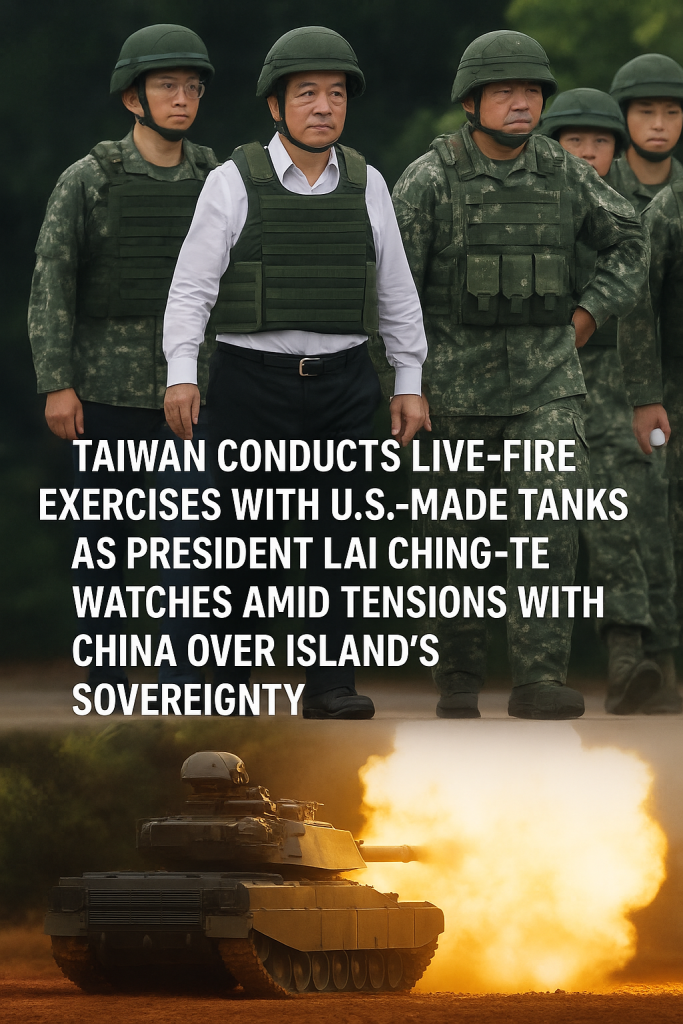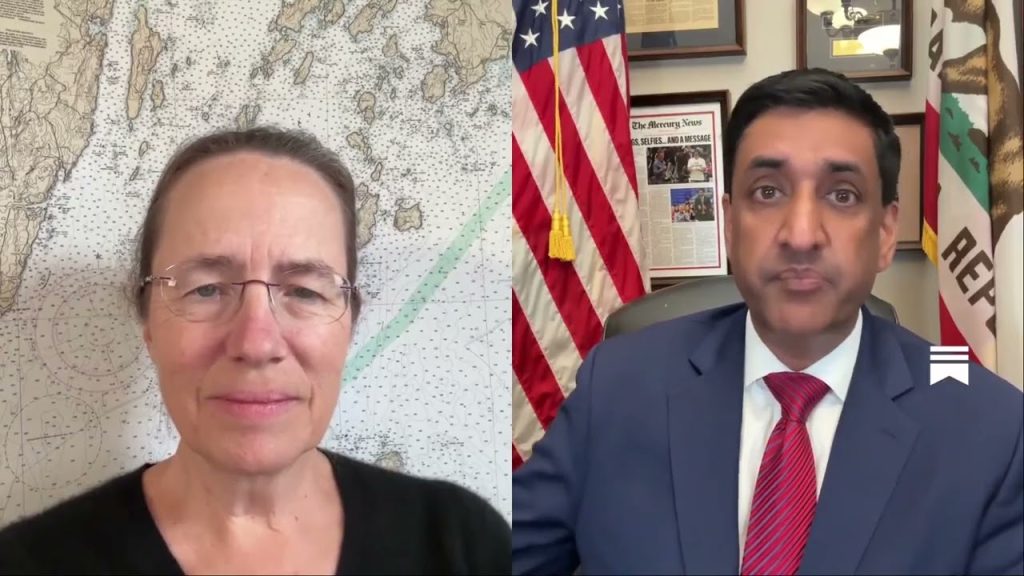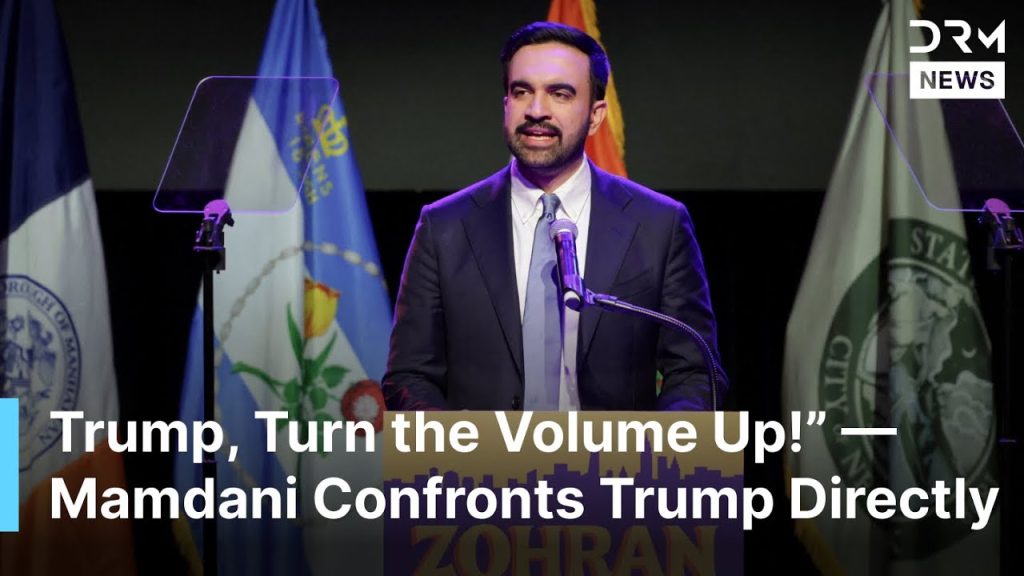Taipei, April 2024 — In a clear demonstration of its readiness and resolve, Taiwan recently conducted live-fire military exercises featuring U.S.-made tanks, with President Lai Ching-te personally overseeing the maneuvers. The drills come at a time of increased tension with China, which claims sovereignty over the island and has escalated military pressure in the region.
The exercises took place at a prominent training ground on the island, where advanced American armored vehicles, including M1A2 Abrams tanks, engaged in coordinated live-fire drills designed to enhance Taiwan’s defensive capabilities. President Lai’s presence underscored the strategic importance of the event, sending a message both domestically and internationally about Taiwan’s commitment to its sovereignty and self-defense.
“Our military forces must be ready and capable of defending our homeland against any threat,” President Lai declared during his visit. “These exercises not only enhance our operational readiness but also demonstrate Taiwan’s determination to maintain peace and stability in the region.”
The United States has been a key partner in bolstering Taiwan’s defense, supplying state-of-the-art military gear and training. The use of U.S.-made tanks in the live-fire drills highlights this deepening cooperation amidst continuous Chinese military activities near Taiwan’s waters and airspace.
Over the past months, Taiwan has reported frequent incursions by Chinese aircraft and naval vessels, actions widely viewed as intimidation tactics amid Washington’s vocal support for Taipei. Experts note that Taiwan’s increased military drills serve as a deterrent and reassurance to both its own population and external allies concerned about the stability of the Taiwan Strait.
Military analysts observe that the integration of American tanks into Taiwan’s defensive exercises signals a significant upgrade in the island’s ground forces, enhancing their mobility, firepower, and coordination. The drills tested combined arms tactics and rapid response scenarios, simulating potential conflict situations to ensure forces can act decisively if challenged.
President Lai’s proactive involvement is symbolic, emphasizing strong civilian leadership over the armed forces. It also coincides with growing calls within Taiwan for increased defense spending and further acquisition of advanced military technology to counterbalance China’s growing military capabilities.
Internationally, the exercises have attracted attention as a barometer of cross-strait relations. While China continues to assert claims over Taiwan, Taipei’s recent maneuvers reflect a strategy of resilience and deterrence amid an unpredictable security environment. Analysts suggest the exercises may also aim to reassure allies in the Indo-Pacific region of Taiwan’s capability and resolve.
As tensions linger, Taiwan’s live-fire tank drills mark a potent statement of defiance, preparedness, and alliance, signaling that the island will not relinquish its autonomy without robust resistance. With President Lai at the helm, Taiwan is clearly positioning itself as a vigilant and capable actor determined to defend its sovereignty in a complex geopolitical landscape.



